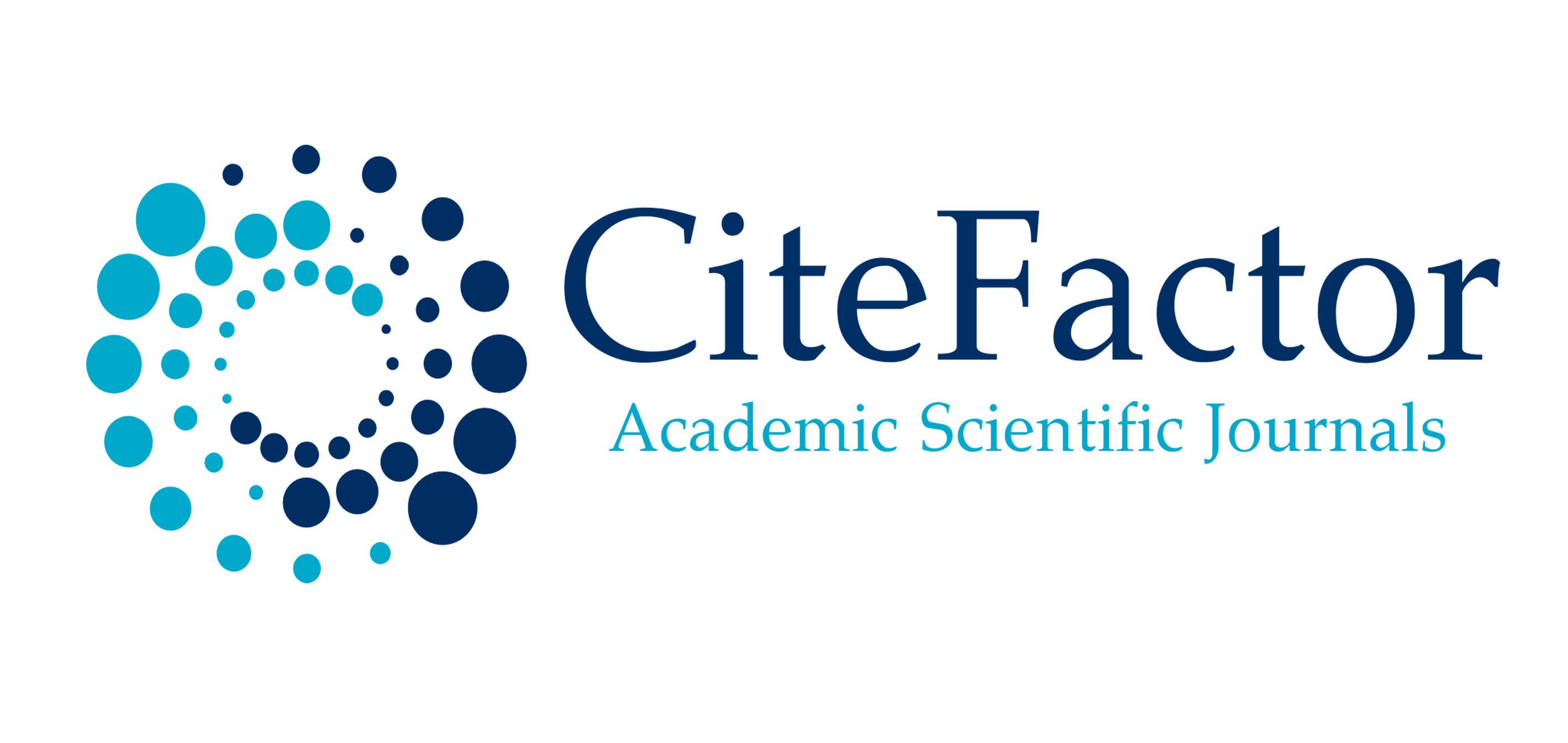Sex-Specific Responses to Prolonged Fasting in Clarias Batrachus: a Glycogen Study
Keywords:
Biochemical Estimation, Brain, Colorimetric MethodAbstract
Glucose is stored as glycogen. It is a polysaccharide molecule with many branches that acts as an animal's primary energy store. This study examines the alterations in glycogen levels in the brain tissues of Clarias batrachus fish that were exposed to a lengthy period of fasting lasting 40 days. The glycogen level was determined using the calorimetric method devised by Kemp et al. (1954), which was subsequently revised by Krishnaswamy and Srinivasan (1961). Initial findings indicated that there was no significant decrease in brain glycogen levels in males or females after a period of up to 20 days of starvation. However, there was a noticeable decrease afterwards, with males showing a more significant decline compared to females. Following a period of 40 days without food, the levels of glycogen in the brain tissues were reduced by around 51% in males and 50% in females compared to their initial values. Although experiencing a decrease in resources, Clarias batrachus exhibited exceptional resilience to the effects of fasting, managing to survive for the whole duration of the trial. This study offers valuable information about the physiological and biochemical reactions of fish to famine. It specifically focuses on the differences between males and females in how their bodies break down glycogen after extended periods of fasting.










